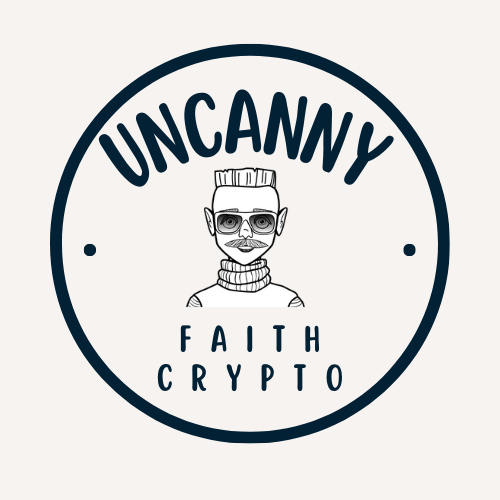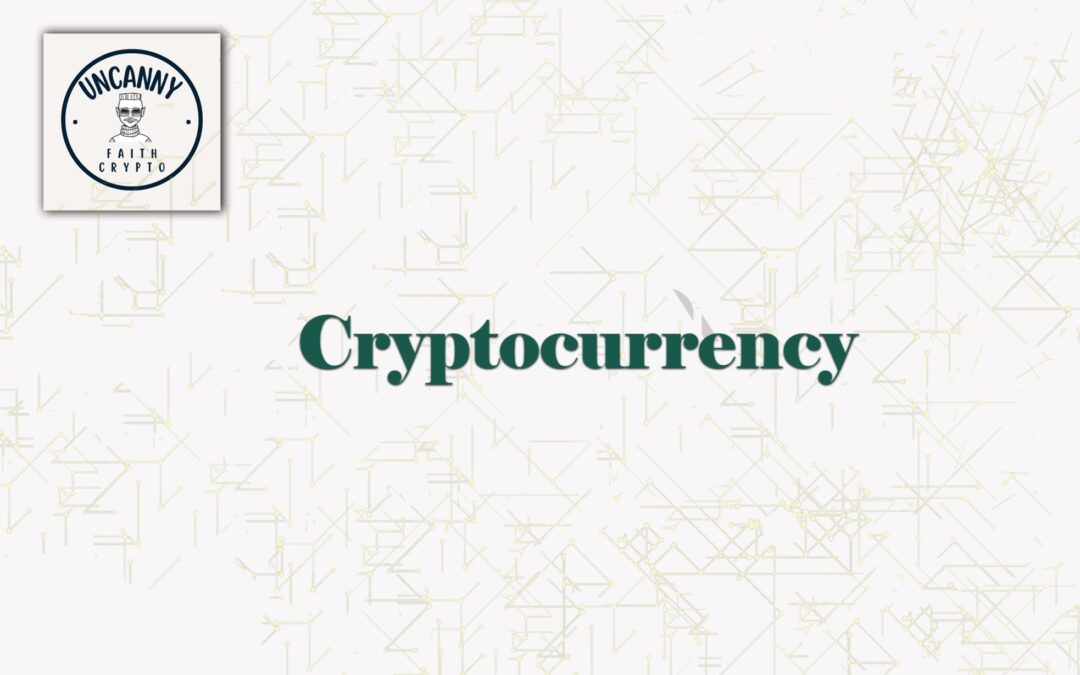The cryptocurrency market is known for its unpredictability—a space where fortunes change in the blink of an eye, and new opportunities emerge continuously. One such project that has drawn significant attention in recent times is Perpetual Protocol (PERP). With its innovative technology and application in decentralised trading, it’s natural to wonder where the price of PERP will land in the coming years. So, what can we expect from PERP by 2025? Is a bull run on the horizon? Let’s dive deep into this conversation to explore Perpetual Protocol’s price predictions for 2025, the factors impacting its value, and whether you should consider adding it to your portfolio.
What is Perpetual Protocol (PERP)?
Before we get into predictions, let’s quickly cover the basics of Perpetual Protocol (PERP). PERP is a decentralised protocol that enables trading of perpetual contracts on a decentralised exchange (DEX). Perpetual contracts are derivatives similar to futures contracts but without any expiration date.
Powered by Ethereum and later scaling to Layer 2 solutions like Optimism, Perpetual Protocol enables traders to access leverage up to 10x, along with benefits like low fees and censorship resistance. Unlike centralised exchanges that demand user trust, PERP delivers trading on a trustless platform with the backing of smart contracts.
The native token PERP is used for governance, staking rewards, and incentivising liquidity providers. Its utility is central to the network’s operations, meaning the value of PERP could significantly appreciate as Perpetual Protocol attracts more usage and adoption.
Current Market Overview of PERP
As of late 2023, PERP is trading at approximately $0.50 to $0.55, a sharp contrast to its all-time high of over $24 reached during the crypto bull run in early 2021. The price slump is largely attributed to the broader market downturn, colloquially referred to as the crypto winter. But what does this mean for its future value?
To understand where PERP could go by 2025, we must consider several important elements, including market trends, adoption rates, and project developments. When the next bull market emerges, protocols with solid fundamentals, like Perpetual Protocol, may experience exponential growth. Let’s explore why.
Factors Influencing PERP’s Price by 2025
1. Rising Demand for Decentralised Finance (DeFi)
DeFi is at the core of blockchain innovation, and Perpetual Protocol represents a vital piece of this puzzle. As traders shift away from centralised exchanges due to security concerns, regulatory scrutiny, and growing awareness of decentralisation, the demand for platforms like Perpetual Protocol is likely to grow.
By 2025, we could see PERP benefit from several key drivers:
- Increasing public adoption of DeFi trading platforms.
- User migration from centralised platforms like Binance and Coinbase to decentralised alternatives.
- Expanding volumes in perpetual swaps, one of the most traded derivatives products in crypto.
These trends bolster PERP’s value proposition, potentially driving the token’s price upward.
2. Scalability through Layer 2 Technologies
One of the strongest competitive advantages for Perpetual Protocol is its integration with Layer 2 solutions like Optimism, which drastically reduces transaction fees and speeds up trade execution. This efficiency not only improves user experience but also aligns with scalability demands that will become increasingly critical by 2025.
Competitor platforms that fail to adopt Layer 2 or similar scaling solutions could be left behind, giving Perpetual Protocol an edge. With smoother transactions and lower costs, it’s likely to attract more traders, leading to higher network usage and driving up the PERP token’s value.
3. Market Cycles and the Next Bull Run
Historically, cryptocurrencies move in market cycles tied to Bitcoin halvings, which occur roughly every four years. The next halving is likely to occur in mid-2024, meaning a potential bull market in late 2024 or early 2025.
During such periods, altcoins, particularly those linked to high-growth sectors like DeFi, tend to perform exceptionally well. The increased speculative interest could push PERP’s price into a strong uptrend, particularly if it aligns with broader market enthusiasm for decentralised trading platforms.
4. Competitors and Market Share
While Perpetual Protocol offers a robust platform, it faces competition from other DeFi protocols like DYDX and Synthetix. If PERP can grow its market share through strategic partnerships, new product releases, and improved user incentives, its token could outperform competitors.
For context, DYDX has been a pioneer in decentralised perpetual trading. However, PERP’s continuous innovation, like expanding liquidity pools and integrating multi-chain solutions, could allow it to stand out.
5. Regulatory Developments
Regulation remains a double-edged sword in the crypto space. The decentralised derivatives market could come under increased scrutiny, particularly in regions like the US and EU. Perpetual Protocol’s decentralised nature might shield it from direct impact, but unfavourable rulings could still affect the broader industry and potentially slow down adoption.
Conversely, the clarity around DeFi regulation could attract institutional capital, a potentially bullish signal for PERP’s price.
Price Predictions for PERP in 2025
Making accurate price predictions for any cryptocurrency is challenging due to the volatility of the market. However, based on the factors outlined above, here’s what PERP’s price could look like in 2025:
-
Bearish Scenario: In case of weak market recovery or adoption hurdles, PERP might struggle to regain traction and trade between $1.50 and $5.00 by 2025. This assumes fewer users and limited network activity.
-
Conservative Scenario: With steady growth in DeFi and adoption of Layer 2 scaling solutions, PERP could recover to $10–$15, positioning it among the top decentralised trading platforms.
- Bullish Scenario: If the next crypto bull run drives mass adoption of decentralised derivatives trading, and Perpetual Protocol captures significant market share, PERP could push toward $25–$40 in value. This outlook depends on a combination of favourable market conditions and continued protocol success.
Should You Invest in PERP?
As with any cryptocurrency, investing in PERP carries a degree of risk due to market volatility. However, its fundamentals, commitment to innovation, and position in the growing DeFi space make it a project worth monitoring.
Here are a few tips if you’re considering an investment:
- Do Your Research: Study the protocol and its competitors thoroughly.
- Assess Market Trends: Watch market cycles closely and track Bitcoin’s halving event.
- Diversify: Don’t put all your eggs in one basket—consider multiple assets to mitigate risk.
- Adopt a Long-term View: Short-term fluctuations are inevitable, but DeFi’s gradual adoption could yield benefits over time.
FAQs
1. What is Perpetual Protocol (PERP)?
PERP is a decentralised trading protocol for perpetual contracts, enabling leveraged trading on a trustless exchange powered by Ethereum and Layer 2 solutions.
2. How Does PERP Work?
PERP allows traders to trade perpetual swaps without intermediaries. Users can access leverage, trade directly from wallets, and avoid traditional KYC processes.
3. Can PERP Hit $30 by 2025?
While challenging, hitting $30 is possible in a bullish scenario driven by widespread adoption, increasing trading volumes, and favourable market conditions.
4. What Risks Could Impact PERP’s Price?
Risks include unfavourable regulations, competition, market downturns, and potential scaling challenges in the DeFi space.
Conclusion
The future of Perpetual Protocol (PERP) is undoubtedly tied to the broader evolution of the blockchain and DeFi ecosystems. While risks remain, its innovative approach to decentralised derivatives trading positions it as a strong contender in the space.
By 2025, PERP’s adoption and market performance will likely hinge on factors like scalability, competition, and DeFi growth. Whether its price settles closer to $10 or skyrockets to $40 will depend on how these dynamics play out. For now, investors should keep a close eye on the project’s development and broader market signals to make informed decisions.
Disclaimer: This article is for informational purposes only and does not constitute financial advice. Always conduct thorough research or consult a professional before investing in cryptocurrencies.

